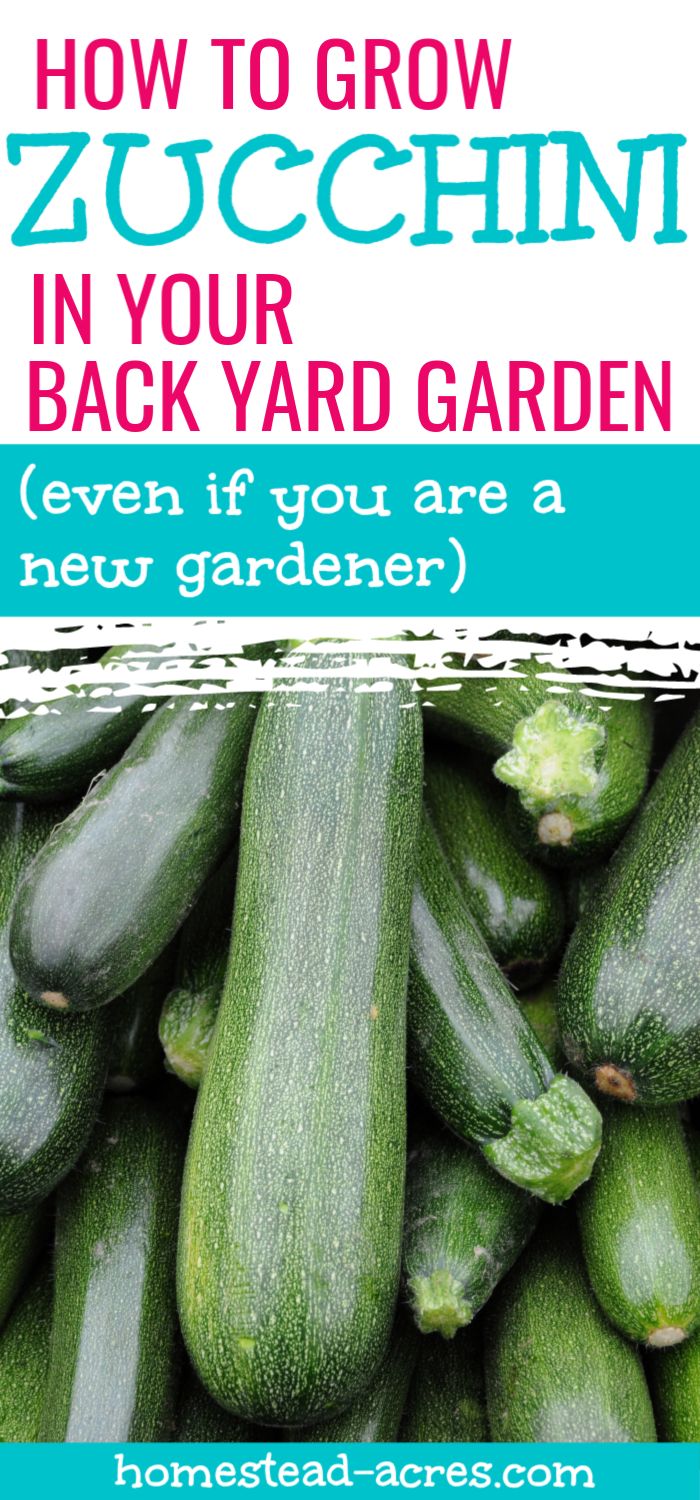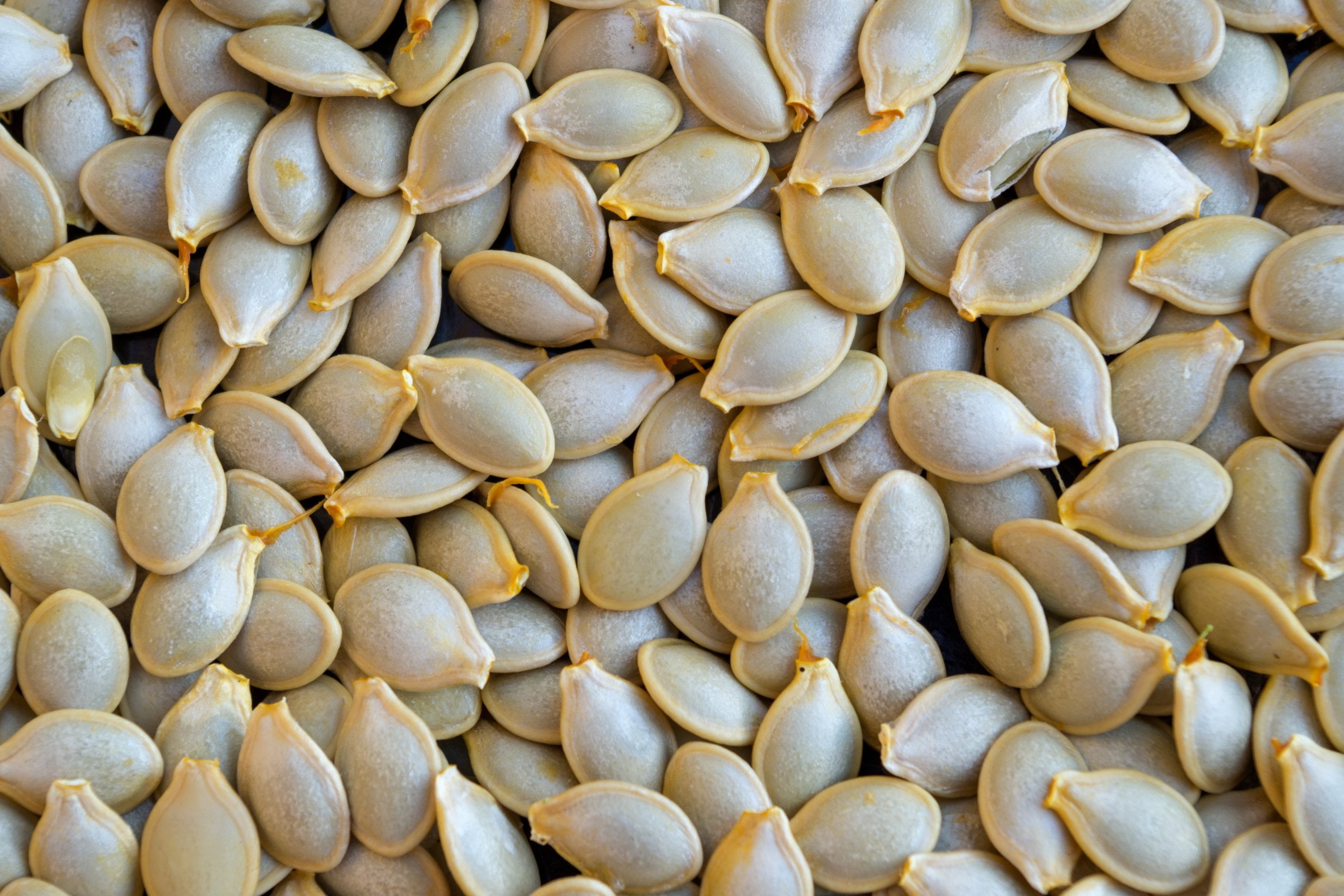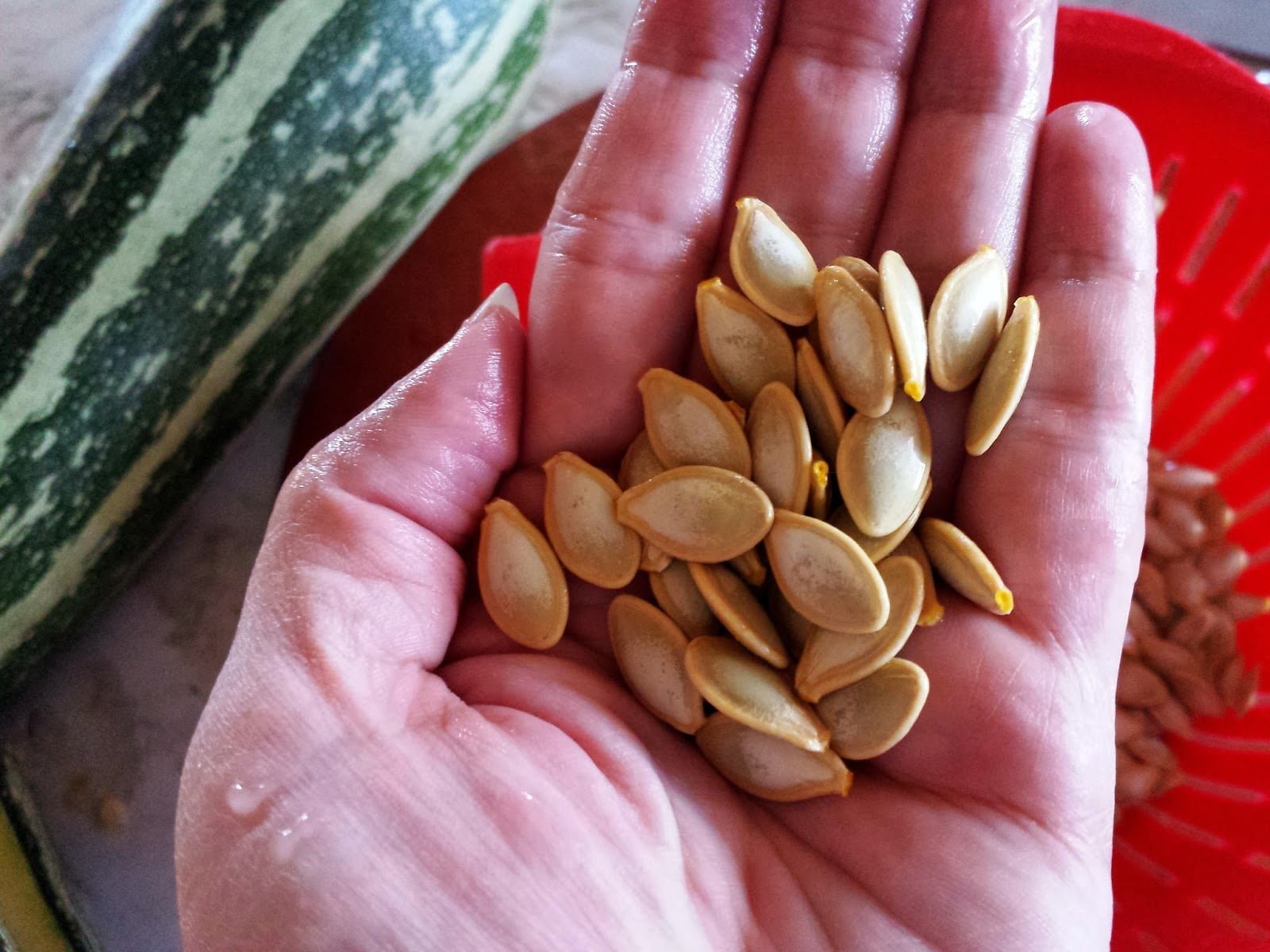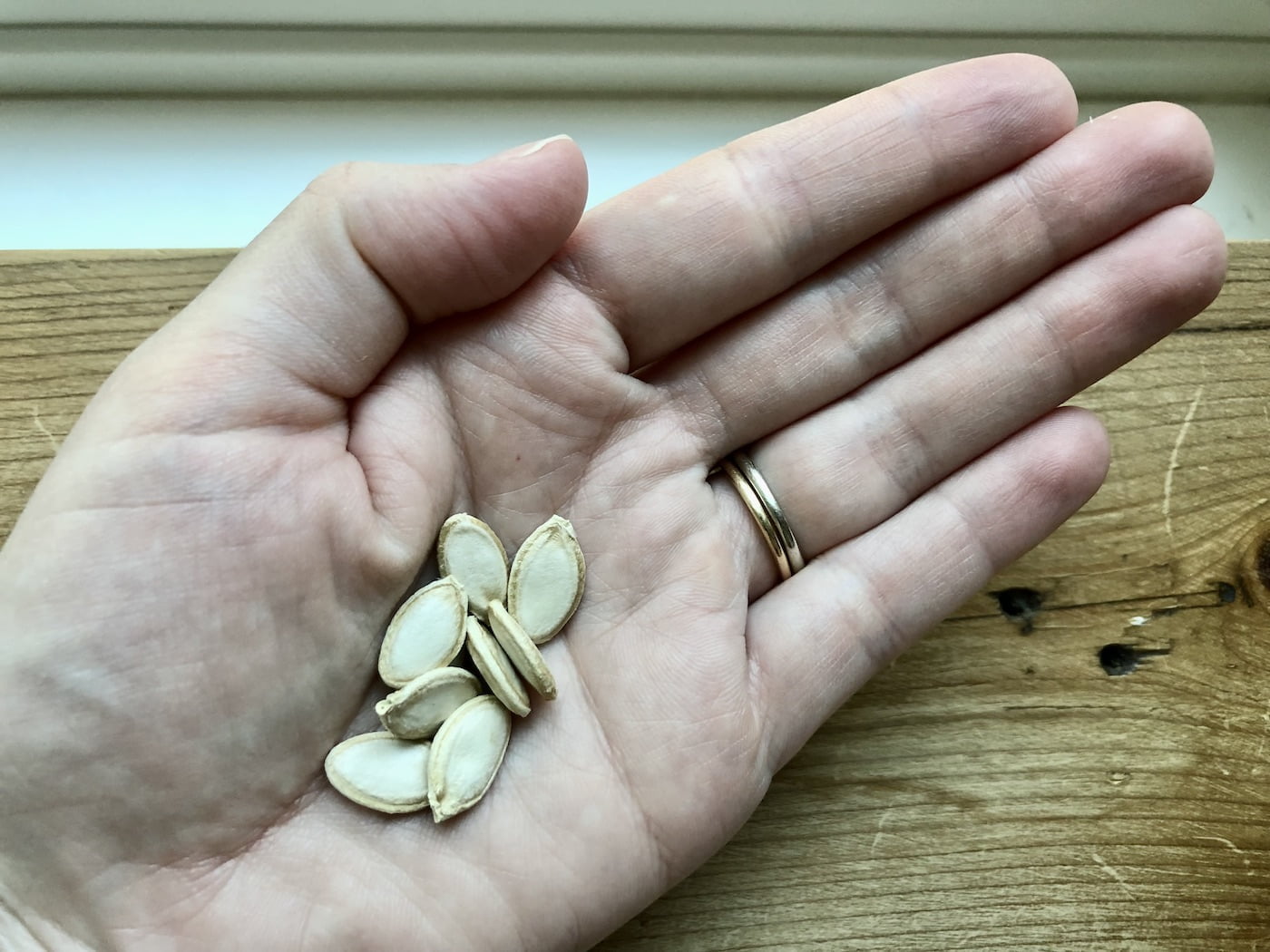If you’re a fan of zucchini and want to take your love for this versatile vegetable to the next level, why not try saving zucchini seeds? Not only can this be a rewarding and cost-effective way to grow your own zucchinis year after year, but it also allows you to have a closer connection with the plant and its lifecycle. In this article, we will provide you with a step-by-step guide on how to save zucchini seeds, so you can enjoy the satisfaction of growing your own zucchinis from start to finish.

Choosing the Right Zucchini for Seed Saving
Selecting Open-Pollinated Zucchini Varieties
When it comes to seed saving, it’s important to start with the right kind of zucchini. Open-pollinated varieties are the best choice for seed saving because they reproduce true to type, meaning the offspring will have the same characteristics as the parent plant. These varieties have been pollinated naturally, either by the wind or insects, allowing for genetic diversity within the seeds. Look for zucchini varieties that are labeled as open-pollinated or heirloom to ensure success in your seed saving endeavors.
Avoiding Hybrid Zucchini Varieties
While hybrid zucchini varieties may have their advantages in terms of specific traits or disease resistance, they are not suitable for seed saving. Hybrids are the result of controlled cross-pollination between different varieties and do not produce offspring that resemble the parent plant. The seeds from hybrid zucchinis will often produce plants with unpredictable characteristics, making them unsuitable for saving seeds. To ensure the reliability and consistency of your saved seeds, it is best to avoid hybrid zucchini varieties.
Harvesting Zucchini for Seed Saving
Allowing Zucchini to Mature Fully
To obtain high-quality seeds, it’s important to allow your zucchinis to mature fully on the vine. This means letting them grow until they reach their full size and the skin becomes hard. Immature zucchinis may not have fully developed seeds and may not be viable for seed saving. Giving your zucchinis enough time to reach maturity will ensure that the seeds inside are fully developed and capable of germinating.
Monitoring the Ripeness of Zucchini
It’s essential to keep a close eye on your zucchinis as they approach maturity. One useful indicator of ripeness is the color of the skin. Mature zucchinis will often have a dark, uniform color without any green spots or streaks. Additionally, the blossom end of the zucchini, which is opposite the stem, should be firm and resistant to pressure when gently squeezed. By closely monitoring these signs of ripeness, you can harvest your zucchinis at the perfect time for seed saving.
Harvesting the Zucchini
When it’s time to harvest your zucchinis for seed saving, use a pair of sharp pruners or a knife to carefully cut the fruit from the vine. Make sure to leave a short stem attached to the zucchini for easier handling and to reduce the risk of damaging the seeds inside. Handle the zucchinis with care to prevent any bruising or damage that could affect the quality of the seeds. It’s best to harvest zucchinis during dry weather conditions to minimize the risk of mold or rot during the fermentation process.
Preparing Zucchini for Seed Extraction
Cleaning and Sanitizing the Zucchini
Before extracting the seeds from your zucchinis, it’s important to clean and sanitize them to remove any potential contaminants. Start by gently scrubbing the zucchinis under running water to remove any dirt or debris on the skin. After cleaning, sanitize the zucchinis by wiping them with a cloth soaked in a 10% bleach solution. This will help eliminate any pathogens that could affect the viability of the seeds during the fermentation process.
Removing Seeds from the Zucchini
To extract the seeds from your zucchinis, begin by cutting the fruit lengthwise in half. Use a spoon or a small seed scoop to scrape out the seeds and the surrounding pulp from each half. It’s essential to be thorough and remove as much pulp as possible since any remaining pulp could lead to mold during the fermentation process. Place the extracted seeds and pulp into a clean container, ensuring that you keep track of which variety each batch belongs to.
Fermenting Zucchini Seeds
Understanding the Purpose of Fermentation
Fermenting zucchini seeds is a crucial step in the seed saving process. This method helps to break down the gelatinous seed coating, which can inhibit germination if left intact. Fermentation also helps to separate the viable seeds from any undesirable or non-viable ones. By allowing the seeds to ferment, you are promoting the natural fermentation process that occurs in a controlled environment.
Fermenting Zucchini Seeds
To ferment your zucchini seeds, transfer the extracted seeds and pulp into a glass or ceramic container. Add enough water to cover the seeds and pulp completely, creating a slurry-like mixture. Cover the container with a breathable cloth, such as cheesecloth or a coffee filter, and secure it in place with a rubber band. Place the container in a warm location, ideally between 70-80°F (21-27°C), to encourage fermentation. Stir the mixture once a day to prevent mold growth and ensure all the seeds undergo fermentation.
Duration and Ideal Conditions for Fermentation
The duration of fermentation can vary depending on environmental conditions, but typically it takes around 3-5 days. During this time, the mixture will start to emit a mild, fermented odor. It’s important to monitor the fermentation process closely and rely on visual cues, such as the separation of viable seeds that sink to the bottom of the container. Once the majority of the viable seeds have settled at the bottom, the fermentation process is complete and it’s time to move on to the next step.

Washing and Drying Fermented Zucchini Seeds
Rinsing the Fermented Zucchini Seeds
After fermentation, it’s crucial to rinse the zucchini seeds thoroughly to remove any remaining pulp and fermented residue. Place the seeds in a fine-mesh sieve or strainer and rinse them under running water while gently agitating them. Continue rinsing until the water runs clear and all traces of pulp have been removed. Ensure that you handle the seeds with care to avoid damaging them in the process.
Drying the Zucchini Seeds
Proper drying is essential to prevent mold or fungal growth and to ensure the longevity of your saved zucchini seeds. Spread the rinsed seeds evenly on a clean paper towel or a mesh drying screen. Choose a well-ventilated area away from direct sunlight and allow the seeds to air dry completely. Stir or turn the seeds occasionally to promote even drying. It’s important to ensure that the seeds are completely dry before proceeding to the next step to prevent any moisture-related issues during storage.
Storing Zucchini Seeds
Choosing the Right Storage Container
To maintain the viability of your zucchini seeds, it’s crucial to store them properly. Choose airtight containers such as glass jars, plastic containers with tight-fitting lids, or seed-saving envelopes. Opt for containers that are free from moisture and ensure that they are clean and dry before adding the seeds. Label each container with the variety of zucchini seeds it contains and the date of collection to keep track of their age.
Creating an Ideal Environment for Seed Storage
To create an ideal environment for seed storage, it’s important to consider temperature and humidity. Store your zucchini seeds in a cool, dry place with consistent temperatures between 32-41°F (0-5°C). Avoid locations that are prone to temperature fluctuations, such as attics or garages, as these can negatively impact seed viability. Additionally, aim for a relative humidity of 40-50% to prevent moisture-related issues and mold growth.
Monitoring and Maintaining Seed Viability
To ensure the longevity of your saved zucchini seeds, it’s essential to monitor their viability periodically. Seed viability can vary depending on the variety, but most zucchini seeds remain viable for 3-5 years when stored under optimal conditions. Perform a germination test every year to assess the percentage of seeds that are capable of sprouting. If the germination rate drops below an acceptable level, consider replenishing your seed stock with fresh seeds.

Testing Seed Viability
Performing the Germination Test
Performing a germination test is a simple yet effective way to determine the viability of your saved zucchini seeds. Begin by placing a specified number of seeds, such as 10 or 20, on a moist paper towel or a paper plate lined with a damp paper towel. Fold the paper towel over the seeds to cover them completely. Place the towel or plate in a sealed plastic bag to create a mini greenhouse effect. Keep the bag in a warm location and check the seeds daily to monitor their germination progress.
Interpreting the Germination Results
After a week or two, the zucchini seeds should start to germinate. Count the number of seeds that have successfully sprouted and calculate the germination rate as a percentage. Ideally, a germination rate above 80% is considered acceptable, indicating that the seeds are still viable and can be used for planting. However, if the germination rate is significantly lower, you may want to consider obtaining fresh seeds or adjusting your seed-saving techniques for better results.
Labeling and Organizing Saved Zucchini Seeds
Properly Labeling the Seeds
Properly labeling your saved zucchini seeds is essential for organizing and identifying them accurately. Label each storage container with the variety of zucchini seeds, the date of collection, and any additional notes or information that may be helpful. Consider using permanent markers or adhesive labels that will remain intact throughout the seed storage period. Clear and concise labeling will save you time and confusion when choosing seeds for future planting.
Organizing and Cataloging the Seeds
Keeping your saved zucchini seeds organized and cataloged will make it easier to locate specific varieties when needed. Consider creating a seed inventory system, whether it be a digital spreadsheet or a physical notebook, to keep track of the varieties and quantities of seeds you have saved. Group similar varieties together, and arrange them in a logical order, such as alphabetical or numerical, to simplify the search and retrieval process. Regularly updating your seed inventory will help you stay organized and ensure that you can easily locate the seeds you need when it’s time to plant.

Using Saved Zucchini Seeds
Understanding the Benefits of Saved Seeds
Using saved zucchini seeds in your garden offers numerous benefits. Firstly, it allows you to preserve and perpetuate unique heirloom and open-pollinated zucchini varieties that may not be readily available commercially. Secondly, saved zucchini seeds are often well-adapted to your specific growing conditions, resulting in plants that are more resilient and productive in your garden. Lastly, using saved seeds promotes seed sovereignty and self-sufficiency, empowering you to be more self-reliant in your gardening endeavors.
Planting Saved Zucchini Seeds
When planting saved zucchini seeds, follow the same guidelines as planting commercially purchased seeds. Ensure that the soil is well-prepared and contains adequate organic matter for optimal growth. Sow the seeds according to the recommended spacing and depth for the zucchini variety you are planting. Keep the soil consistently moist and provide adequate sunlight for proper germination and growth. With proper care and maintenance, your saved zucchini seeds will flourish and provide you with a bountiful harvest.
Sharing Saved Zucchini Seeds
Exchanging Saved Zucchini Seeds
One of the joys of seed saving is the opportunity to exchange seeds with other gardeners and expand the diversity of your seed collection. Participating in seed exchanges allows you to discover new and unique zucchini varieties while also sharing your own saved seeds. Look for local gardening clubs, online seed swapping platforms, or community seed libraries to connect with fellow gardeners interested in seed exchange. Remember to label and package your saved zucchini seeds properly when sharing them to ensure accurate identification and viability.
Donating Saved Zucchini Seeds
If you have an abundance of saved zucchini seeds and want to make a positive impact, consider donating them to local community gardens, schools, or charitable organizations. These institutions often rely on donations to support their gardening programs and community initiatives. Donating your saved zucchini seeds not only helps others gain access to fresh and nutritious produce but also encourages a sense of community and fosters a love for gardening. Contact local organizations and inquire about their seed donation policies and requirements to facilitate the process.
Saving zucchini seeds is a rewarding and sustainable practice that allows you to preserve the genetic diversity of this popular vegetable. By following the step-by-step guide outlined above, you can successfully save zucchini seeds and enjoy the benefits of seed-saving for years to come. Remember, each seed saved contributes to a greener future and empowers you to take control of your own food production. Happy seed saving and happy gardening!




